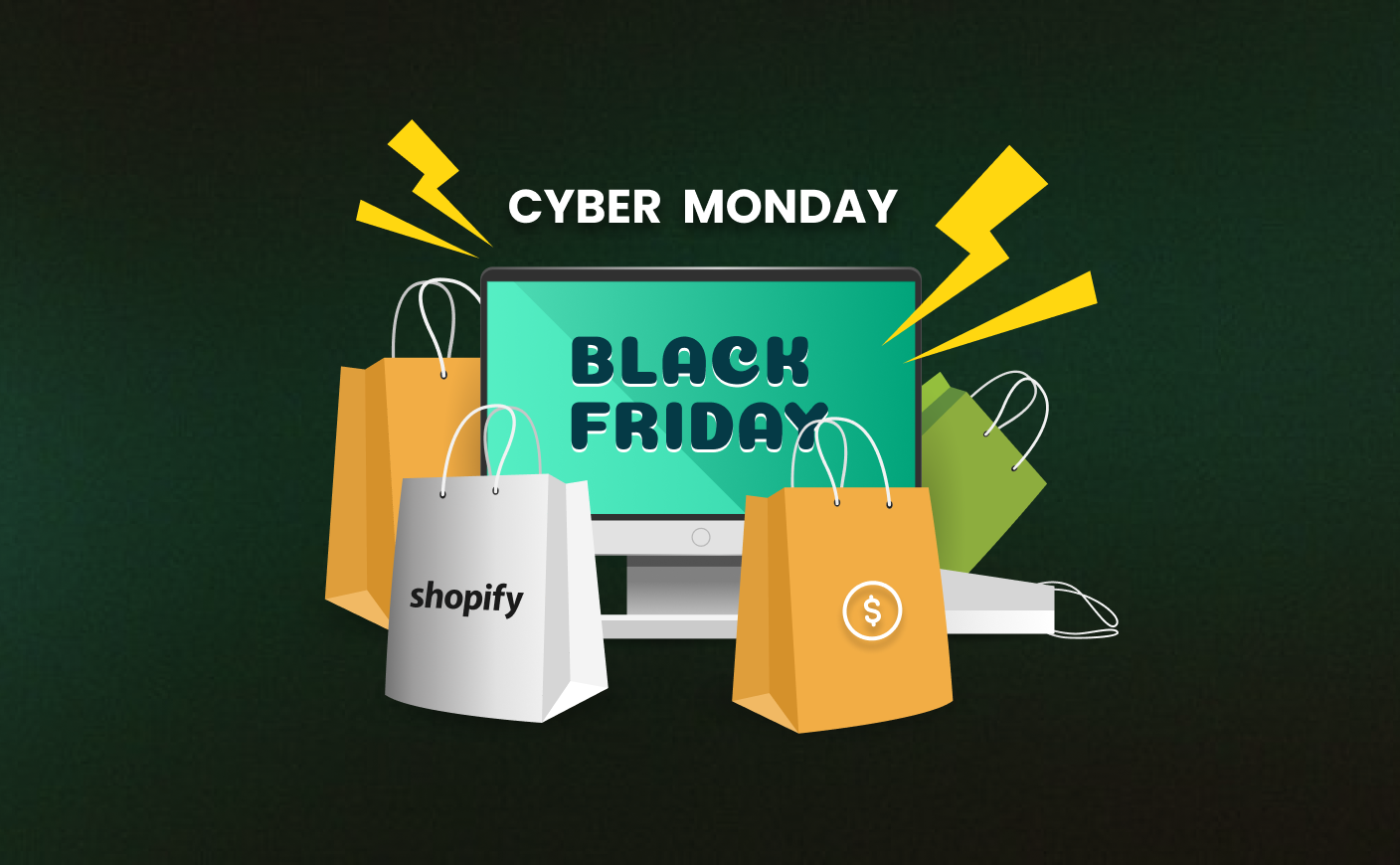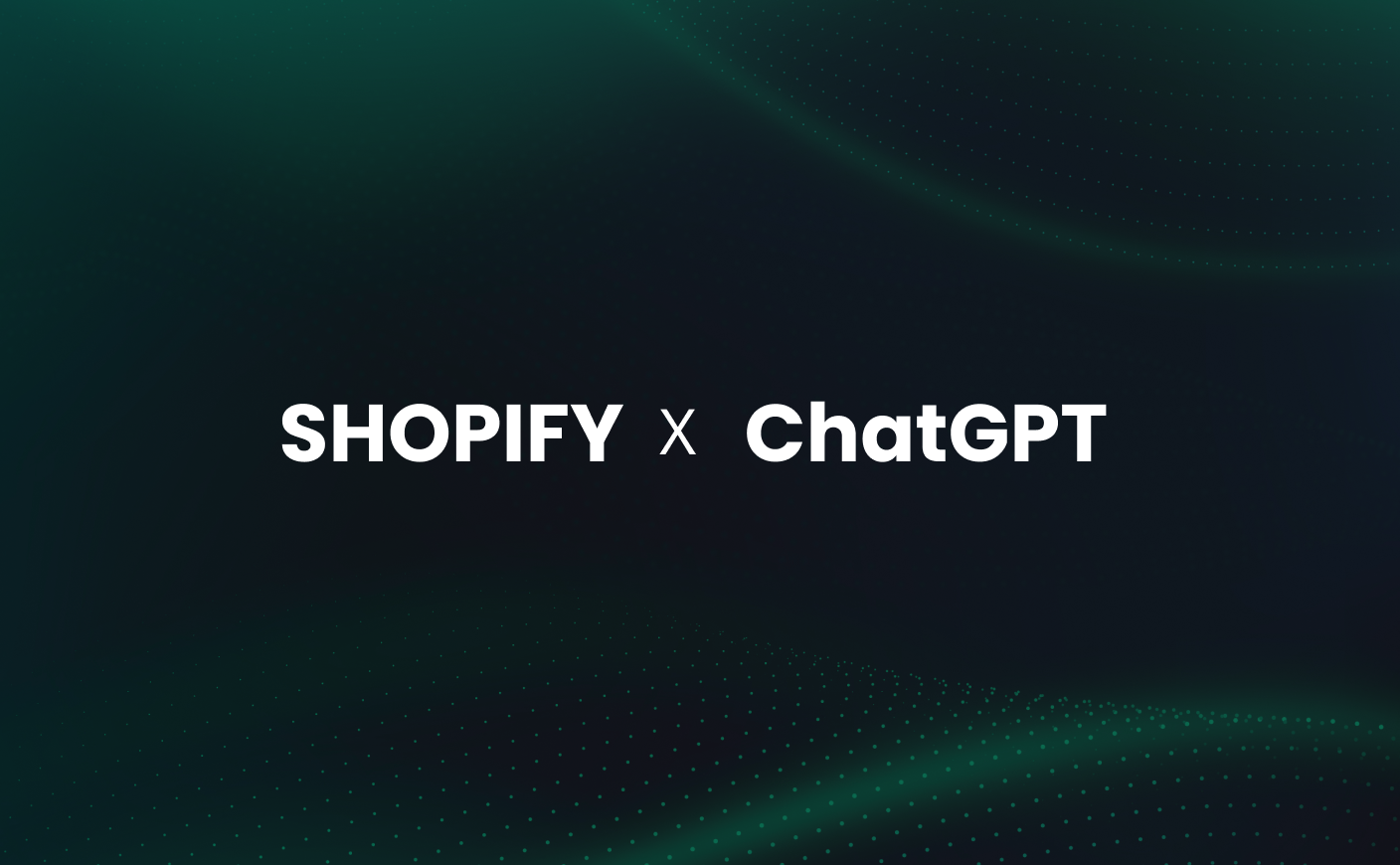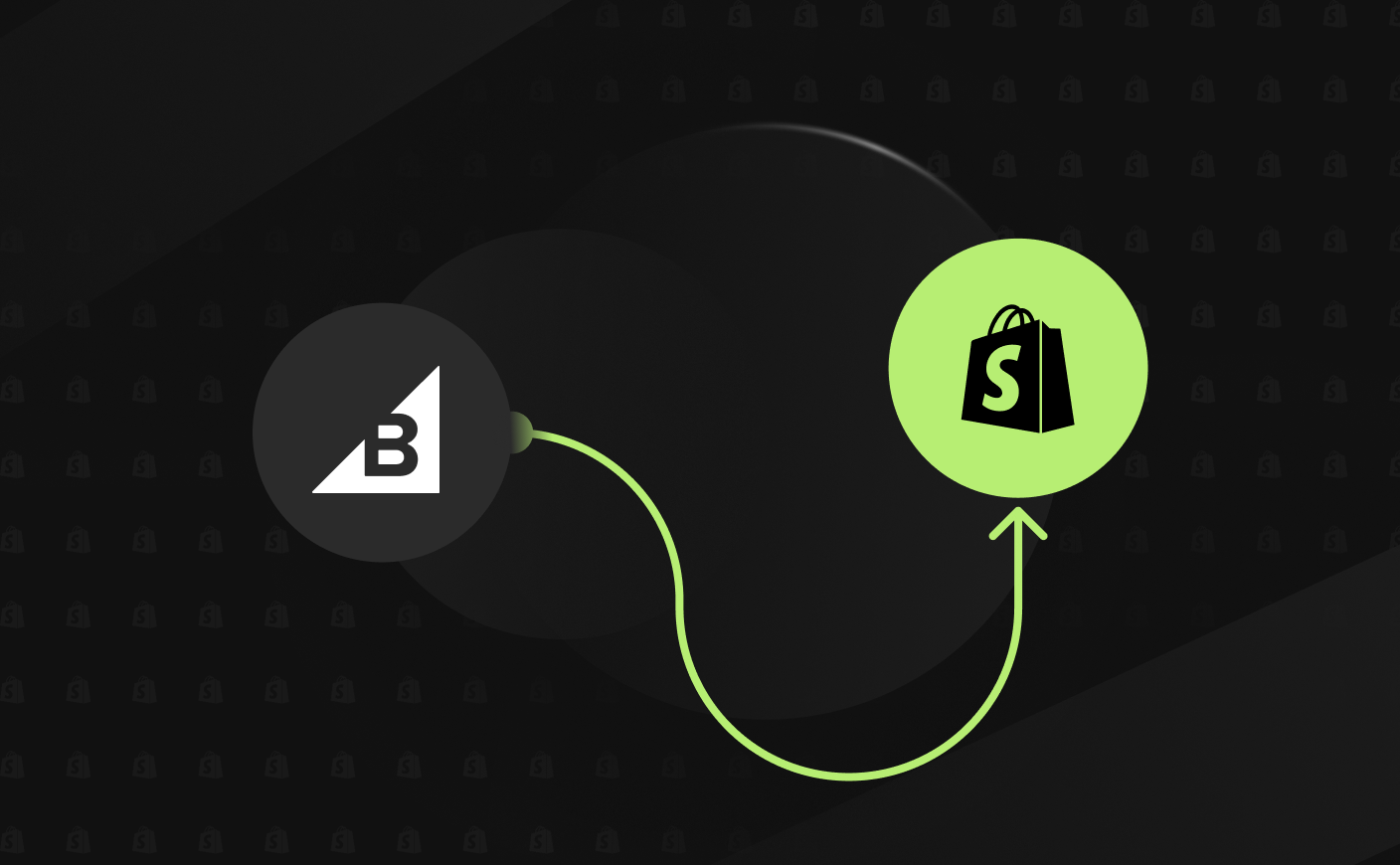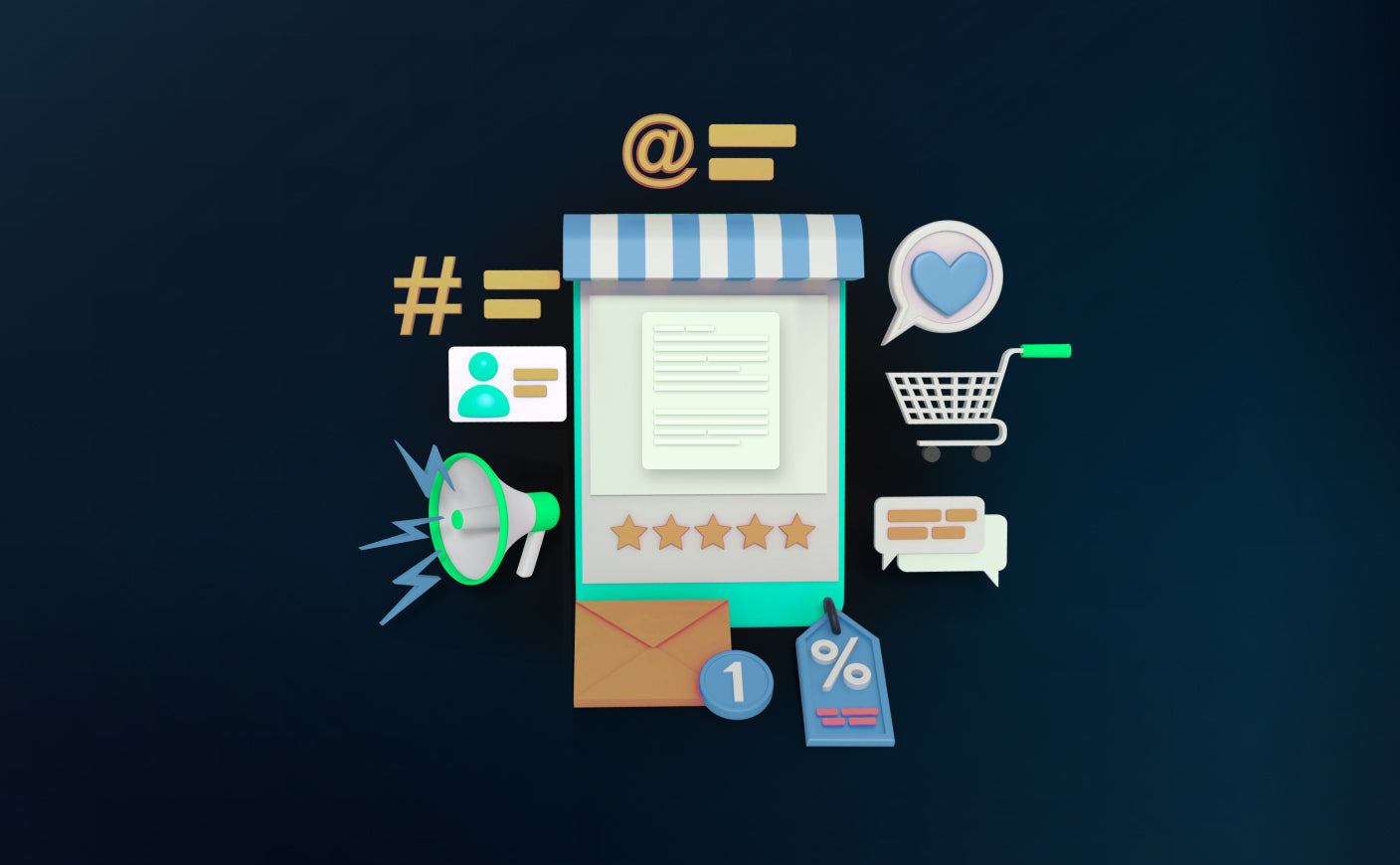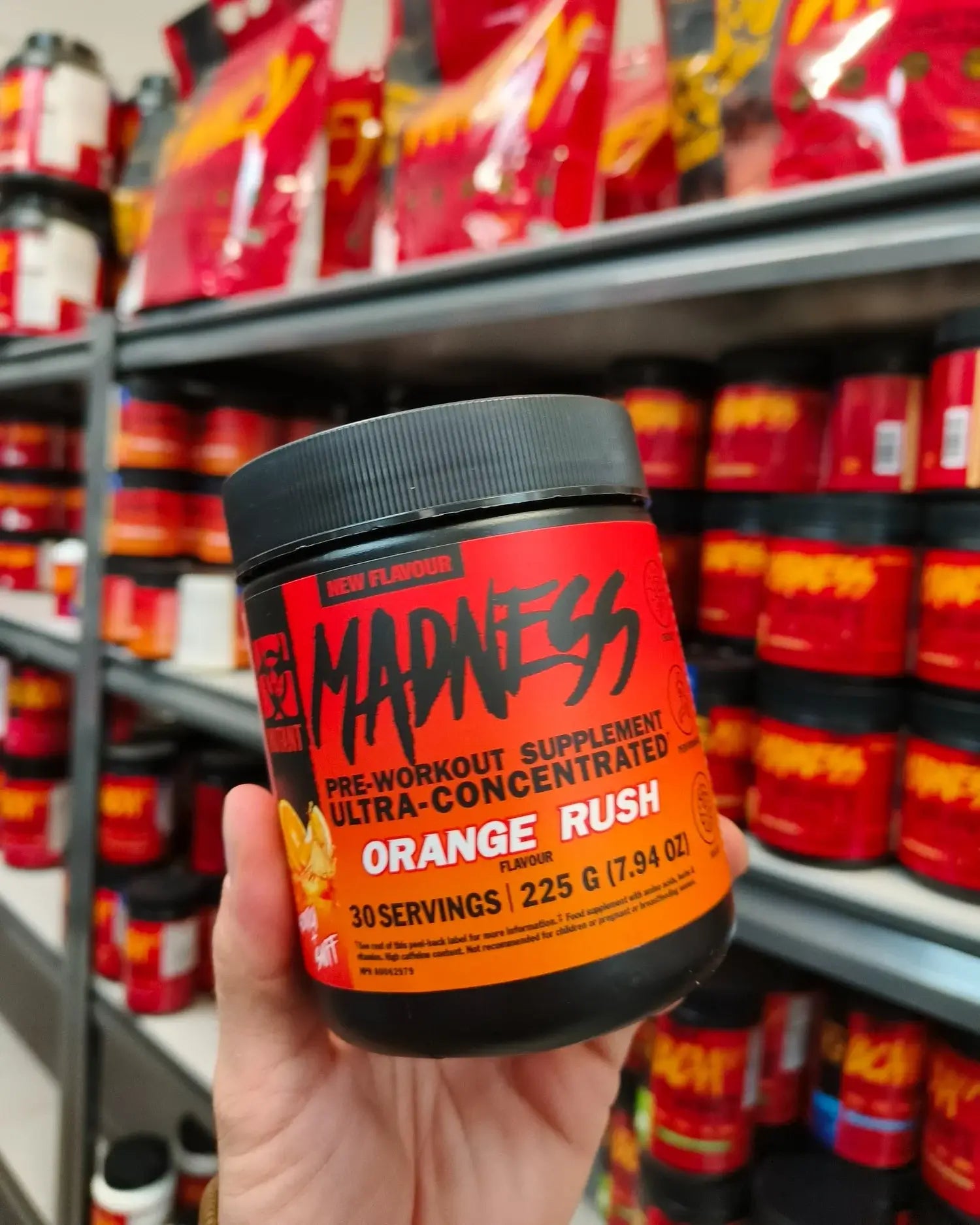A Shopify Merchant’s Guide to Ranking in ChatGPT Shopping
ChatGPT
shopify
Shopify Merchant
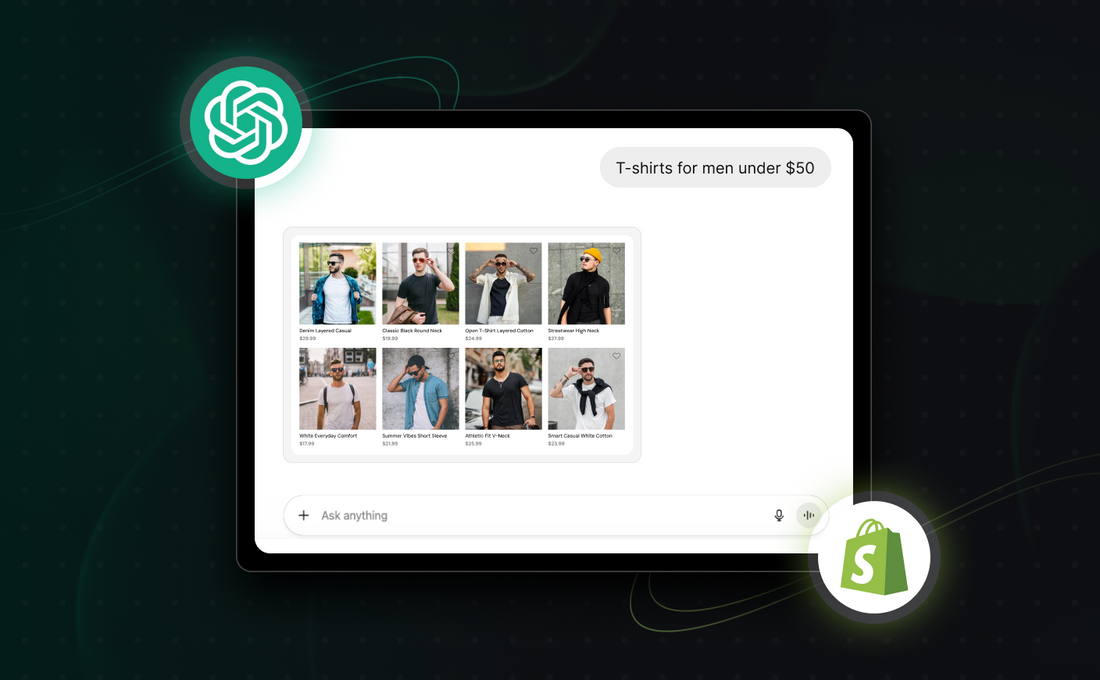
Ecommerce in 2025 is reshaped by ChatGPT shopping, one of the biggest shifts that has come with the rise of artificial intelligence. Rolled out in April 2025, this AI shopping feature allows shoppers to discover, compare, and purchase products directly within conversations.
Just think that when a user types “best organic coffee under $100”, he instantly sees products curated on optimized Shopify stores.
Therefore you can say that for Shopify merchants, this feature opens up a powerful, low cost way to reach high intent buyers. And all this can be done by reducing reliance on expensive ad campaigns.
The opportunity is massive and these are all not just vague statements. The data speaks for itself.
By 2026, analysts predict that conversational AI and emerging agentic AI tools will shape nearly 4 out of every 10 ecommerce purchases. This is a sharp jump from just 15% in 2024. ChatGPT alone attracts over 200 million weekly users, with shopping related queries climbing more than threefold since its debut. (source: adobe)
Consumer surveys add more weight to the trend. Approximately close to 4 in 10 shoppers in the U.S. have already tried generative AI to guide their purchases. Also, more than half say they plan to rely on it this year. (source: adobe)
With over 90% of AI shoppers saying the experience feels smoother and more personalized, the path is clear: optimizing your store for AI discovery is no longer optional, it is the next big driver of ecommerce growth.
Understanding ChatGPT Shopping: What It Is And How It Works?
ChatGPT shopping brings ecommerce directly into conversations by displaying personalized product carousels inside the chat interface. A typical response might show 5 to 10 product options complete with images, pricing, ratings, and a direct link to purchase.
The system prioritizes relevance, user intent, and safety by pulling from optimized product feeds and trusted Shopify stores. For the user, it feels like having a personal shopping assistant who instantly narrows down choices.
With the rise of agentic AI shopping, these assistants are becoming even more capable of suggesting products proactively, learning user preferences, and streamlining the purchase process.
So how exactly ranking works in 2025?
The way products rank in ChatGPT Shopping is very different from a traditional Google search. While SEO keywords still matter, the algorithm leans heavily on contextual product data, clear descriptions, authentic reviews, and overall site performance.
Stores with fast loading pages, structured data, and genuine customer sentiment have a clear advantage.
Another major shift is that ChatGPT rewards people-first signals. This includes conversational copy, real user stories, and transparent product information, rather than keyword stuffing or overly Shopify SEO tactics.
Also read: Best Shopify product page examples that convert in 2025
How To Integrate Your Shopify Store With ChatGPT Shopping?
If you want your Shopify products to show up in ChatGPT, the process is simpler than you might think. A few technical tweaks and some trust-building signals are all it takes to get started.
Step 1: Allow crawler access
Inside your Shopify admin, update your robots.txt file to make sure the OAI SearchBot can crawl your store. This step allows ChatGPT to index your product data. Most merchants who enable access begin seeing visibility within a couple of weeks.
Step 2: Submit your product feed
Beyond crawling, OpenAI is rolling out a direct submission option for product feeds. By signing up on OpenAI’s product discovery page, you can get notified when submissions open. This will let your data take priority over standard crawls, increasing your chances of being featured in product carousels.
Step 3: Add structured data
Structured data helps ChatGPT understand your products in context. The good news is you don’t need to touch code. This is because free Shopify apps like SEO Manager or Schema Plus can automatically add schema markup for things like pricing, availability, and reviews. This gives your store an instant improvement in discoverability.
Step 4 : Build trust signals
AI models don’t just look at products, they evaluate the credibility of the store behind them. Creating a detailed About Us page with your brand story, certifications, years in business, and customer trust markers signals expertise and reliability.
Also read: Is Shopify plus worth it for DTC brands - Here’s the truth
5 Lesser-Known Ways to Rank Higher In ChatGPT Shopping
A few creative tweaks can send strong signals to AI and make your products more discoverable. Here are five simple strategies that work in 2025.
#1 Create pages that match real queries
Just think about what people actually ask ChatGPT, like “gifts for new moms under $50.” Build landing pages or curated collections around those queries with handpicked products, short blurbs on why they’re worth it, and real customer stories.
Merchants who do this are already seeing a big jump in impressions because it aligns perfectly with user intent.
#2 Turn reviews into conversations
Encourage customers to leave reviews in a chat-like style, for example, “I needed comfy sneakers for travel and these were perfect.” Adding these to product pages and sharing them on social media creates natural mentions across the web.
This kind of conversational language makes your products more relevant to AI, and pairing it with influencer shoutouts strengthens authority even further.
#3 Write descriptions as mini stories
Instead of flat bullet points, rewrite product descriptions as short stories. You can paint a picture: “Imagine starting your morning with a rich, sustainable brew from this bamboo coffee maker.”
AI favors contextual, relatable language like this because it mirrors how people actually ask questions. Add in customer feedback or your own testing notes to increase trust.
#4 Build review hubs for categories
Rather than scattering reviews everywhere, create dedicated review hubs for each category. Pull in photos, quotes, and even Q&A sections using apps like Judge.me.
ChatGPT often pulls sentiment from these kinds of pages, so having everything in one place gives you an edge. To add authority, include short guides such as “How We Source Ethical Products” alongside reviews.
#5 Use AI prompts in your emails
Here’s a clever growth hack that not many people know. You can add seasonal prompts in your newsletters that encourage subscribers to ask ChatGPT about your products.
For example, “Ask ChatGPT for back-to-school essentials from [Your Store].”
It sparks organic buzz and spreads external signals that help with rankings. To build authority, frame these prompts around your niche expertise, showing that your brand truly understands the customer’s needs.
Also read: 5 Best Shopify B2B services every brand needs in 2025
Keeping Your Store Optimized and Measuring What Matters In 2025
Getting visibility in ChatGPT Shopping isn’t a one-time setup. It’s about maintaining strong fundamentals and refining them based on real data.
Product data that matches intent
Use natural, query-friendly titles and descriptions that mirror how customers ask questions. Keep inventory updated daily so ChatGPT surfaces only accurate and available products.
Fast, reliable site performance
Speed continues to be a key ranking factor. Compress images and use Shopify’s built-in optimization tools to keep load times under three seconds.
Reviews and user content that drive trust
Encourage reviews through post-purchase emails and display them prominently on product pages. AI relies on authentic feedback to flag “highly rated” products, and visitors are more likely to trust products backed by real experiences.
Building authority through expertise
You need to go beyond generic product details. Share supplier stories, your sourcing process, or merchant experience to create people-first signals that align with EEAT. These trust markers show both AI and shoppers that your store stands behind its claims.
Measure and refine regularly
Optimization only works if you track results. Use Shopify analytics to monitor ChatGPT-driven traffic, and consider promo codes for attribution. Test common queries weekly to see where your products appear, refine product data if visibility drops, and double down on tactics that deliver results.
Also pay attention to engagement metrics like time on site and bounce rate. They indicate whether shoppers see your content as trustworthy and relevant.
ChatGPT vs Google: Competing or Complementary for Merchants?
A lot of Shopify merchants are asking the same thing right now: will ChatGPT take over Google search? The short answer is no. At least not anytime soon.
But the way shoppers discover products is definitely shifting, and both platforms now play different roles in that journey.
Why Google still matters
If someone wants to compare multiple options, read blogs, or look up “best Shopify Plus agency in the US,” Google is still the first stop. It’s exceptional for broad discovery, research, and driving organic traffic at scale.
Where ChatGPT Stands
ChatGPT is strongest when shoppers want quick, curated answers without scrolling through ten links. Just think that you are a skincare merchant on Shopify.
A customer might ask ChatGPT, “What are some vegan moisturizers under $30 with good reviews?”
If your product descriptions and reviews are optimized for AI, your store could be mentioned right inside that response. That’s discovery without the extra clicks.
It’s not either or it’s both
Google and ChatGPT aren’t enemies. They’re more like two channels that serve shoppers at different moments. Google brings them in during the research stage. ChatGPT guides them when they want conversational, intent-based answers.
For Shopify merchants, the real opportunity is to prepare for both by investing in strong product data, authentic storytelling, and customer reviews.
Also read: Why Agentic AI is replacing chatbots in 2025
Frequently Asked Questions
How long does it take for my Shopify products to start appearing in ChatGPT Shopping?
There’s no fixed timeline, but most merchants report visibility within one to two weeks once their product data is properly structured, up-to-date, and crawlable. The process is automatic, so the more accurate your data, the faster ChatGPT can surface your products.
Do I need to pay extra to get visibility in ChatGPT Shopping?
No, there’s no paid placement or premium tier for inclusion. Ranking is purely based on data quality, product relevance, and how well your listings match customer queries. This makes it an equal playing field for small and big brands alike.
Can I track traffic or sales that come specifically from ChatGPT?
At the moment, Shopify doesn’t provide direct attribution for ChatGPT-driven traffic. However, merchants are using creative workarounds like unique discount codes, custom landing pages, or tracking links to measure engagement from this channel.
What type of product descriptions perform best in ChatGPT results?
ChatGPT favors natural, conversational descriptions that sound like real recommendations. Highlight use cases, benefits, and problem-solving angles to increase your chances of being included in conversational responses.
Is ChatGPT Shopping replacing Shopify SEO on Google?
Not at all. Google still dominates as the main source of organic traffic, while ChatGPT Shopping acts as a complementary discovery channel. Merchants who optimize for both platforms will be better positioned for future growth.



